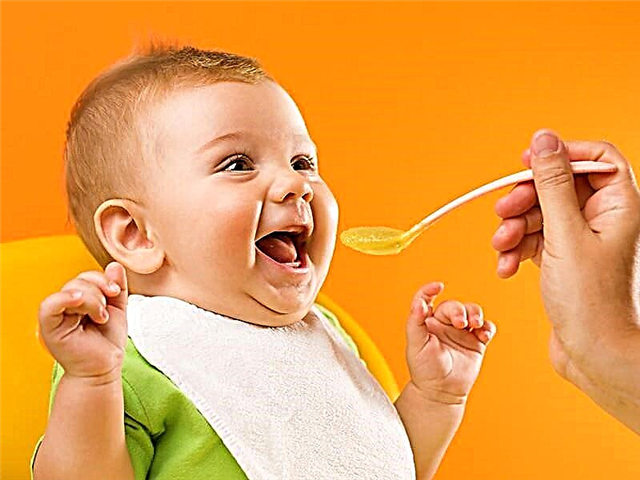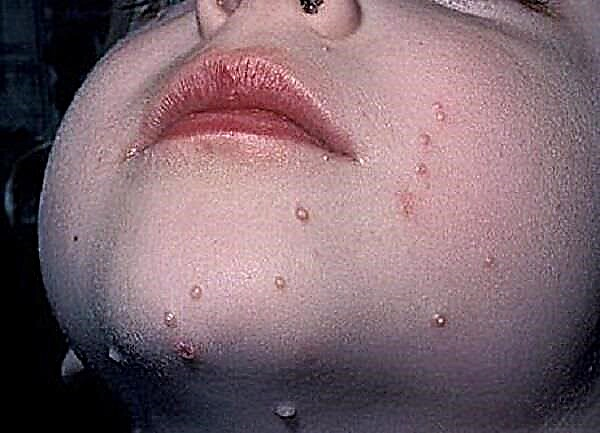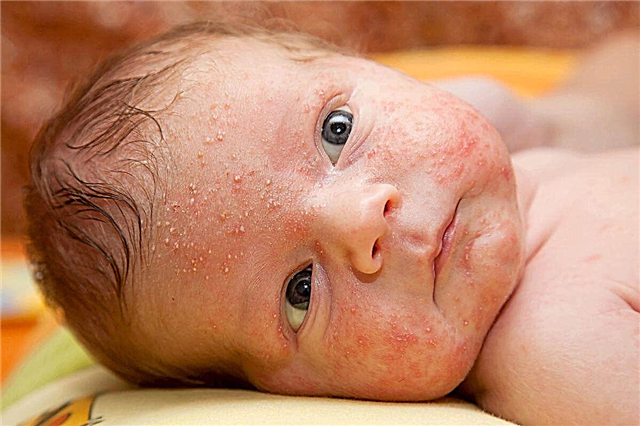
The mastering of the pot by babies is one of the burning topics for almost all parents. Everyone wants the child to learn how to use this subject quickly and easily, but there are very different opinions about the age, when to start teaching the baby to relieve the need for a potty, as well as about the learning process itself. Let's find out what the popular doctor Yevgeny Komarovsky says about such an important topic, how he relates to early accustoming and what he advises parents to pay attention to as they walk along with the baby the path from a diaper to an independent visit to the toilet.

Important Factors
A well-known pediatrician recalls that a newly born baby cannot control either bowel movements or urination. These processes are governed by unconditioned reflexes, and it is them that parents must make conditioned over time. For the success of this task, according to Komarovsky, the following factors should be taken into account:
- How developed is the child's brain (its cortex).
- How developed are the organs responsible for both urination and defecation. We are talking about the rectus abdominis muscles, rectum and bladder, as well as their sphincters.
- How actively relatives want to teach the child to use the potty.
Evaluating such factors, the popular physician concludes that the earlier onset of habituation is associated with greater effort on the part of adults. At the same time, the better a child is physiologically developed, the faster and more painlessly he will master the pot.
Early habit or reflex development?
According to Komarovsky, a large number of parents, distinguished by their activity and a lot of patience, are able to achieve certain success in mastering the potty science by their child even before the end of the first year of life. The popular doctor does not see anything surprising in the fact that babies of nine, eight and even seven months learn to urinate and walk on a large scale after hearing from the lips of mom or dad "pee-pee" and "ah".

Thanks to the repeated repetition of such sounds, parents form a conditioned reflex in children, however Komarovsky emphasizes that such a reflex is not exactly what every adult wants to achieve from a child mastering a potty.
The reflex looks like "the words of the parents - a full bladder - a pot", and it would be more correct to "a full bladder - a pot". This means that a physiological phenomenon (full bladder) should stimulate urination, and not verbal stimuli on the part of an adult.
Komarovsky notes that in most cases of such early habituation in the second year of life, difficulties with urination appear. A child who has already mastered the potty for a long time and successfully walks on it, unexpectedly, for a reason unclear to the parents, categorically refuses to do it. Relatives are perplexed, but the fact is that the baby is just beginning to form a natural control of the excretory system, and he no longer wants to associate his physiological needs with parental "pee-pee".
Komarovsky sees nothing wrong or shameful in introducing a potty to a child from an early age, or in saving diapers. He simply notes that all advances in potting science up to a certain age are temporary and are accompanied by a large number of mistakes.

At what age can a child control urination?
Komarovsky focuses parental attention on the fact that control of excretory functions by the child's brain appears approximately at the age of 2.5-3 years. The doctor does not deny that some successes in urination control are possible much earlier, but most parents should expect consistent success in "communicating" with the potty until the age of two.
Norms set by specialists
In teaching children to the pot, Komarovsky advises parents to focus on the following physiological norms:
- The child begins to control the excretory processes after a year, and the active "maturation" of the nervous system and organs of the excretory system occurs in the second year of life.
- The appearance in children of stable control over urination and defecation is noted on average at the age of 22-30 months.
- The formation of persistent conditioned reflexes in early childhood ends by the age of 3.
On the basis of such norms, a well-known pediatrician emphasizes that the age for familiarizing children with a pot is from 1 to 3 years.
For information on when to potty train a child, see the program of Dr. Komarovsky.
Signs of a child's readiness for potty training
To make it easier for the child to master the pot, Komarovsky advises, before the beginning of the learning process, to note in his baby signs that confirm his readiness to acquire this skill from both the physiological and psychological sides:
- The child should be able to show his parents his “want to go to the toilet” by word, sound or gesture.
- The child should already have a bowel movement that can be called stable.
- The baby should stay in a dry diaper for more than an hour and a half.
- The child should know the parts of the body, as well as the names of the wardrobe items.
- Also, the child should understand what the words "poop" and "pee" mean.
- If the diaper is wet / dirty, the baby should show negative emotions about it.
- The child should strive or be able to take off clothes on their own
- Also, the child should be willing or able to enter and exit the toilet on his own.

How to train: basic principles
Not only the child should be ready for training, but also the adults who surround him. They should understand that they will have to communicate with the baby much more during the transition from diapers to the toilet. It will not work to develop new skills only in the evening or on weekends.
You should start teaching the baby to go to the potty in conditions when the whole family is healthy and everyone is in a good mood. Komarovsky calls summer the best period, since there are fewer clothes on the child, and washed things dry much faster.
You should get acquainted with the pot at times when the likelihood of successful urination into it is especially high. These include the post-meal and post-sleep periods, and when the adult notes specific behavioral changes that indicate a child's desire to urinate.
If the attempt to master the pot was successful, the baby needs to be praised very vigorously, and if it fails, it is important not to be upset or at least not to show your negative emotions to the baby.
The child's attention should be fixed not only on the pot, but also on all manipulations before urination, as well as after it. The kid should see how you take out the pot and how you open it, understand how to take off the panties and put them back on, find out where the contents of the pot are poured, how it washes, how it closes and where it goes before the next "meeting". Of all these actions, it is worth making a game, while trying to ensure that the process is associated with positive emotions.

When the baby is already able to successfully use the potty at will, we move on to organizing "meetings" and, taking into account the daily routine, for example, we seat the child before a walk, as well as before going to bed at night before going to bed.
You should not immediately give up diapers after the first successes of mastering the pot. Keep a few at home for a long trip or walk.
Also, at first, you can leave your baby to sleep in a diaper at night and even in the afternoon. If the baby wakes up dry, we immediately plant him on the pot and draw his attention to the dryness of the diaper, while praising.
It does not matter at all what shape the pot will be, what color it will be and whether there will be any "bells and whistles" in it. Komarovsky only notes that a child should not perceive the pot as a toy, so play with the pot should not be encouraged when it is not being used for its intended purpose.
The popular doctor calls important nuances when choosing a pot the quality and environmental friendliness of the material from which the pot is made, the convenience of the product (preferably a model with a back), as well as size compliance.
Another unprincipled moment Komarovsky calls the question - is it better to potty train or immediately use a toilet with a child seat? The well-known pediatrician only emphasizes that at first the use of the pot is more convenient.
See also Dr. Komarovsky's program on potty training.



